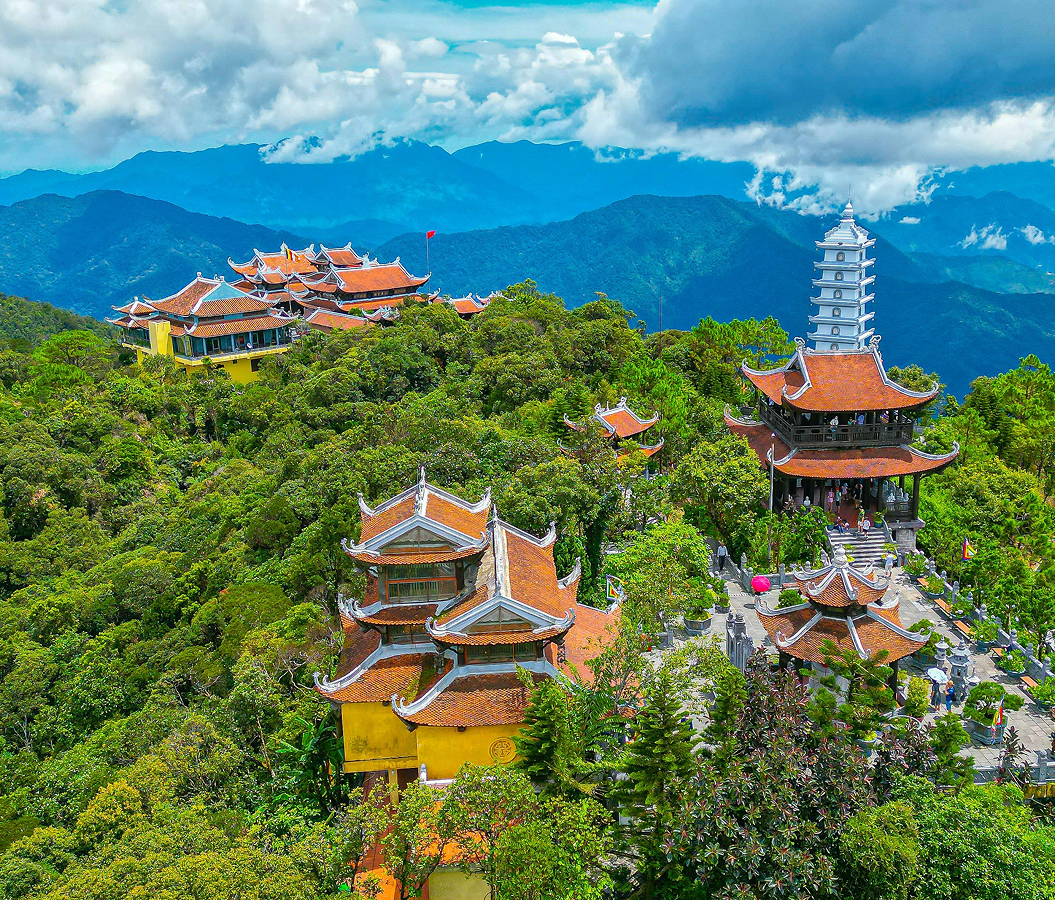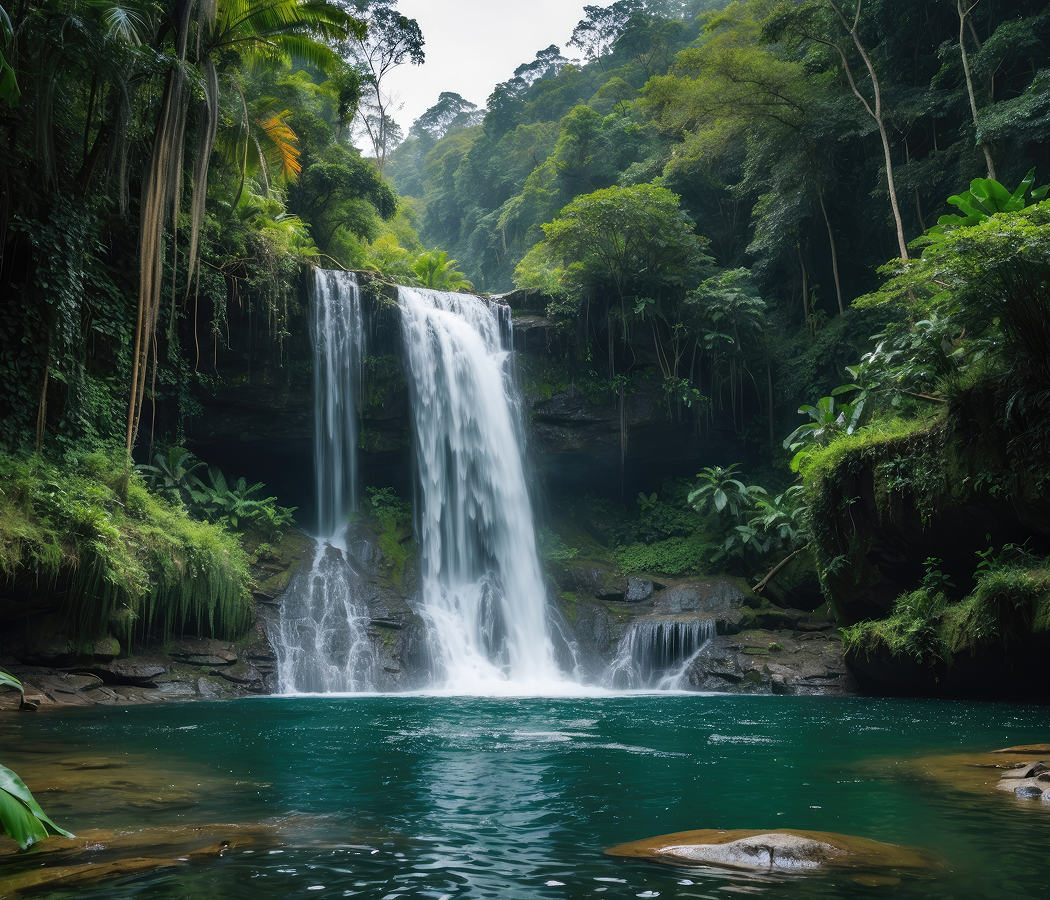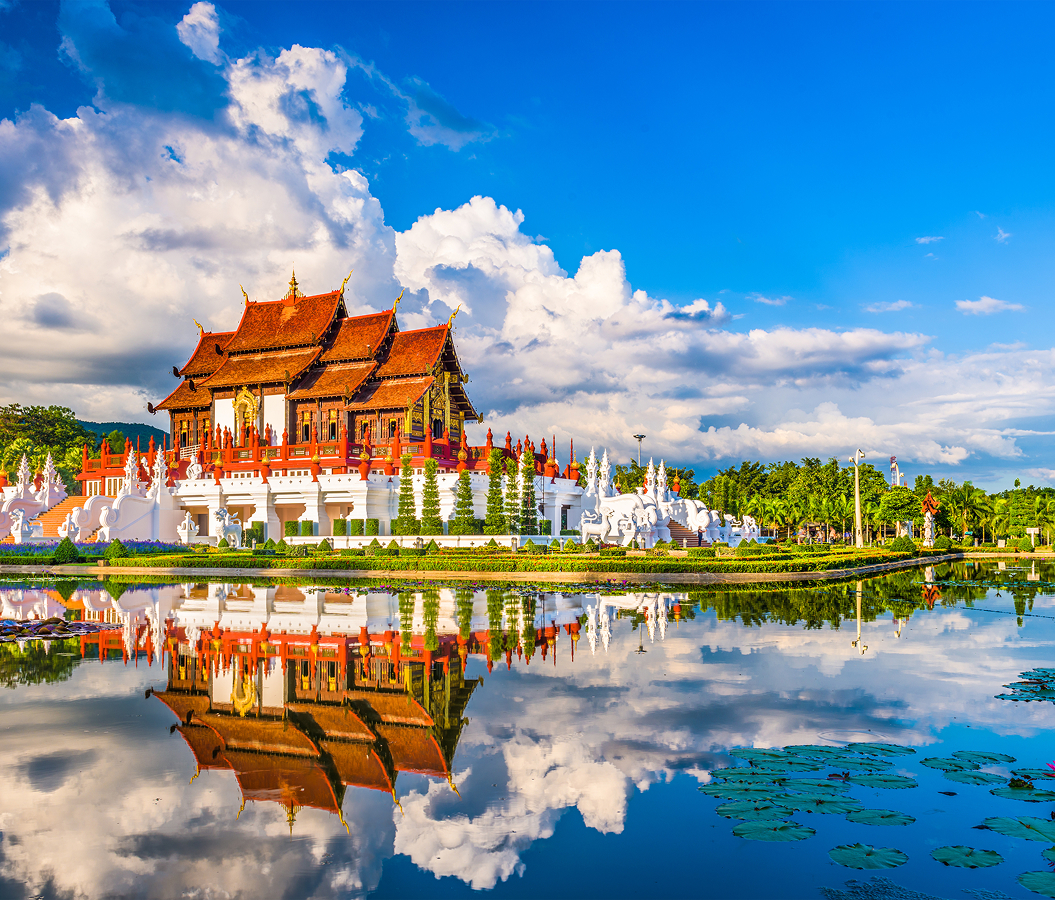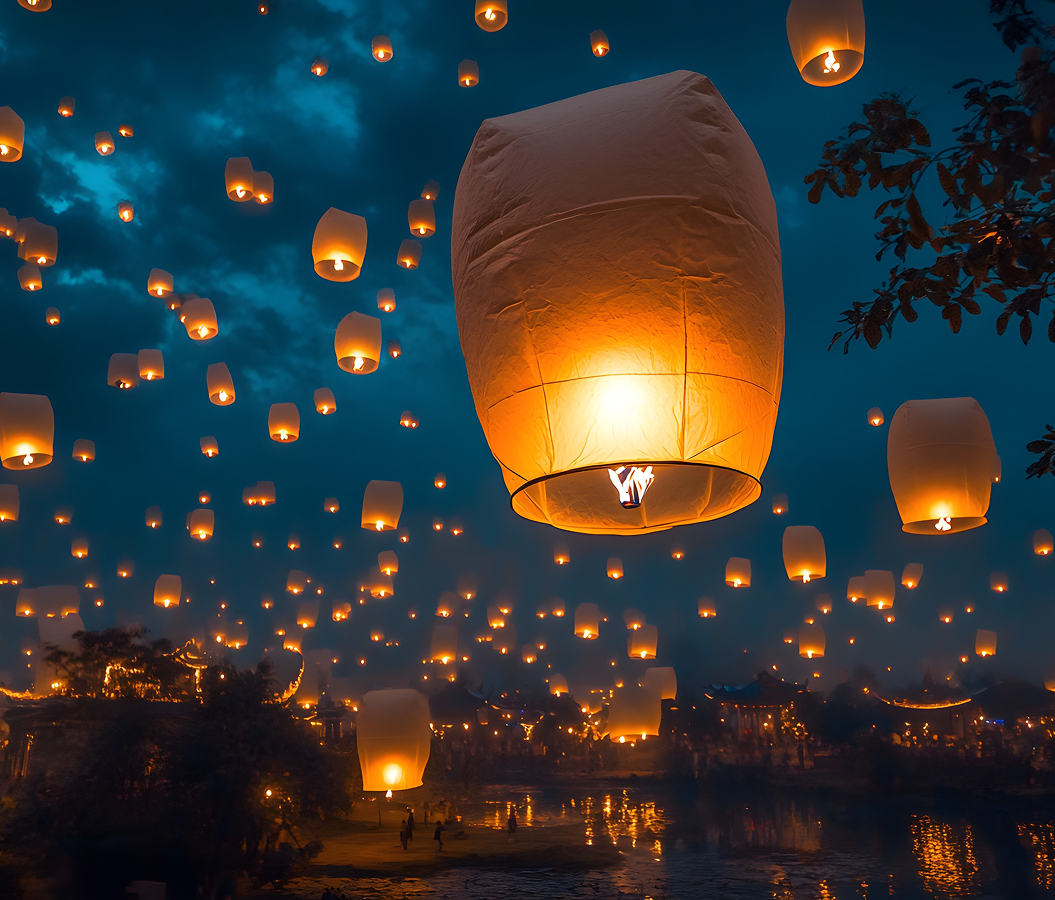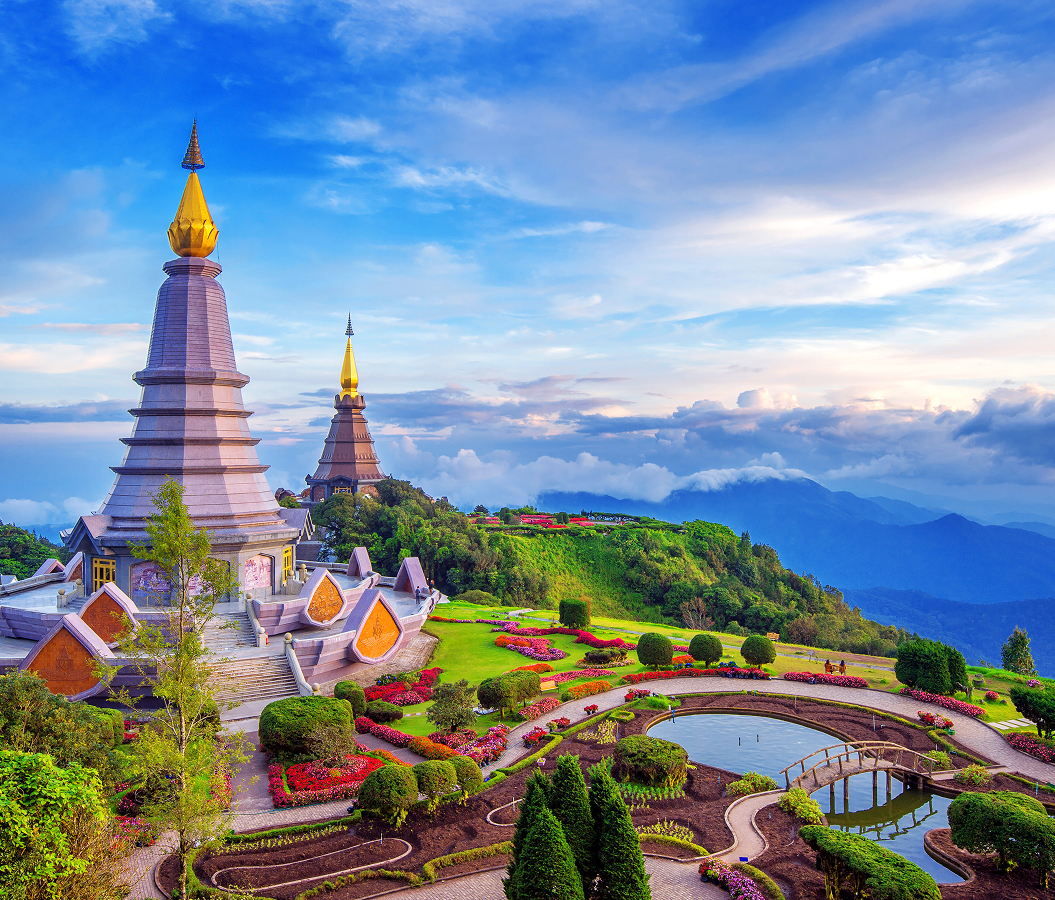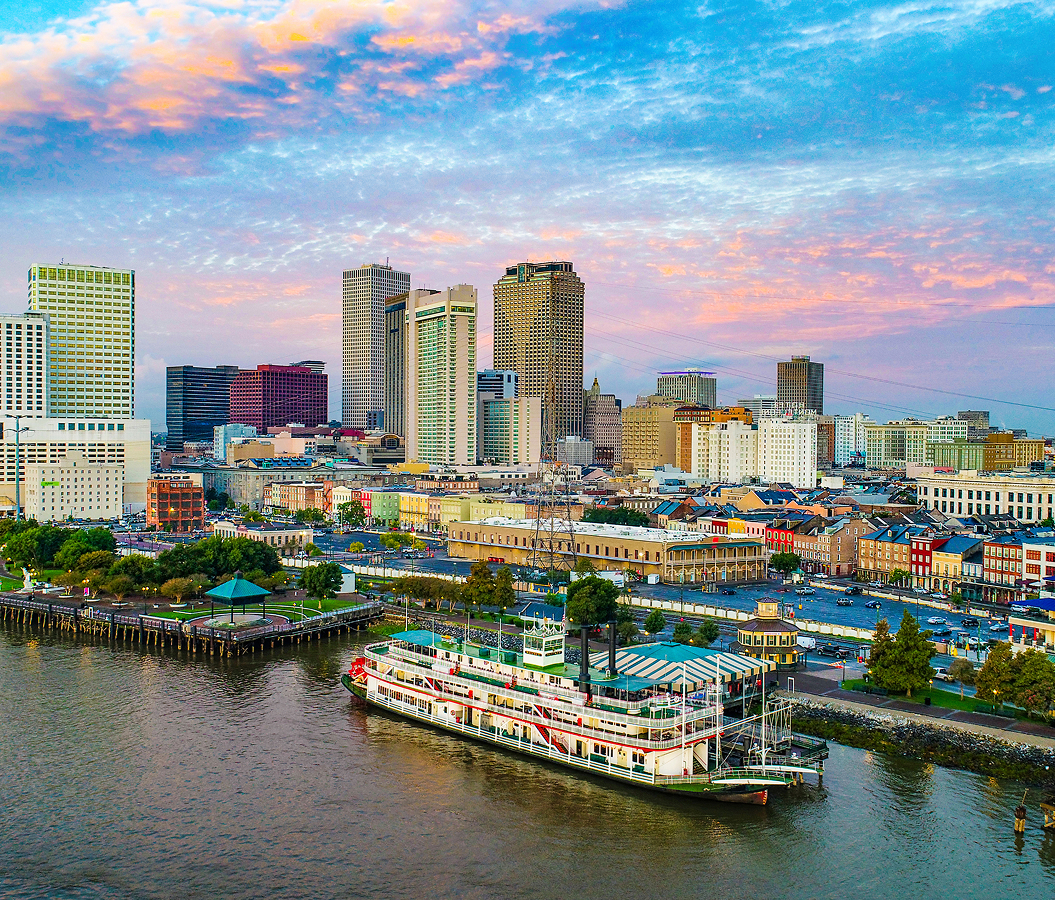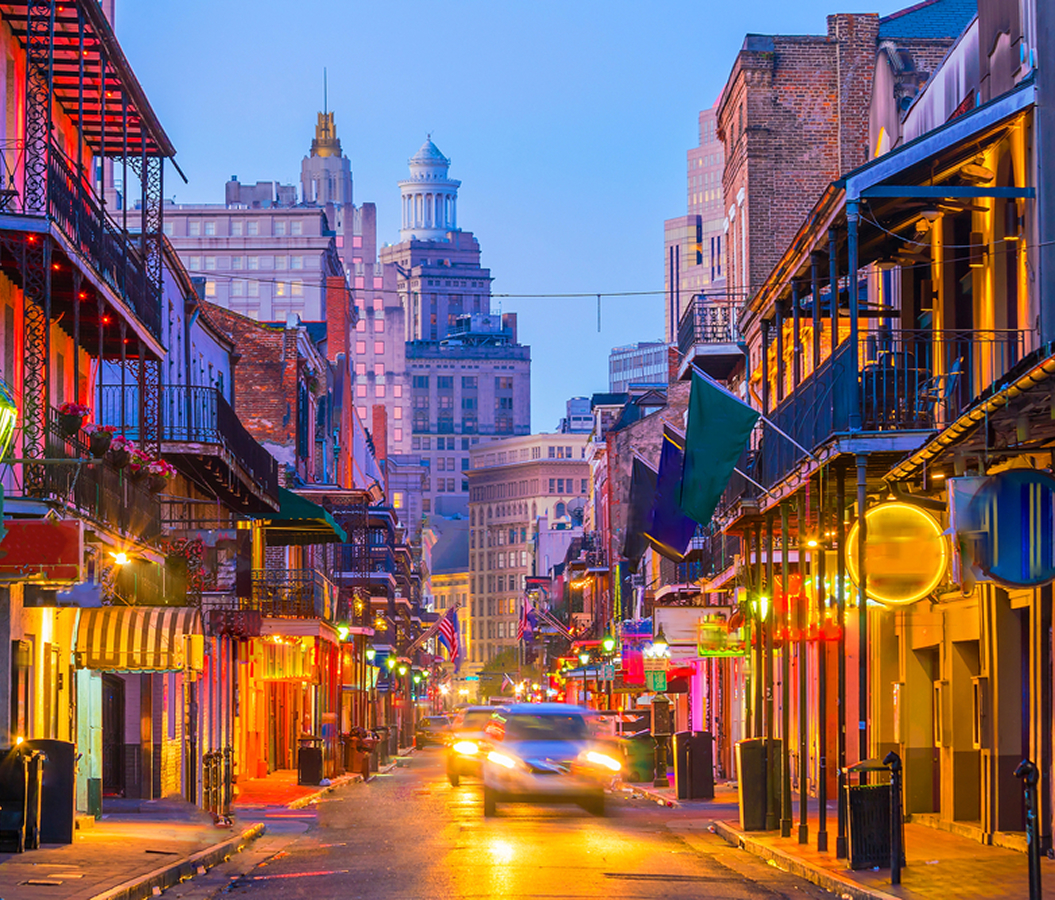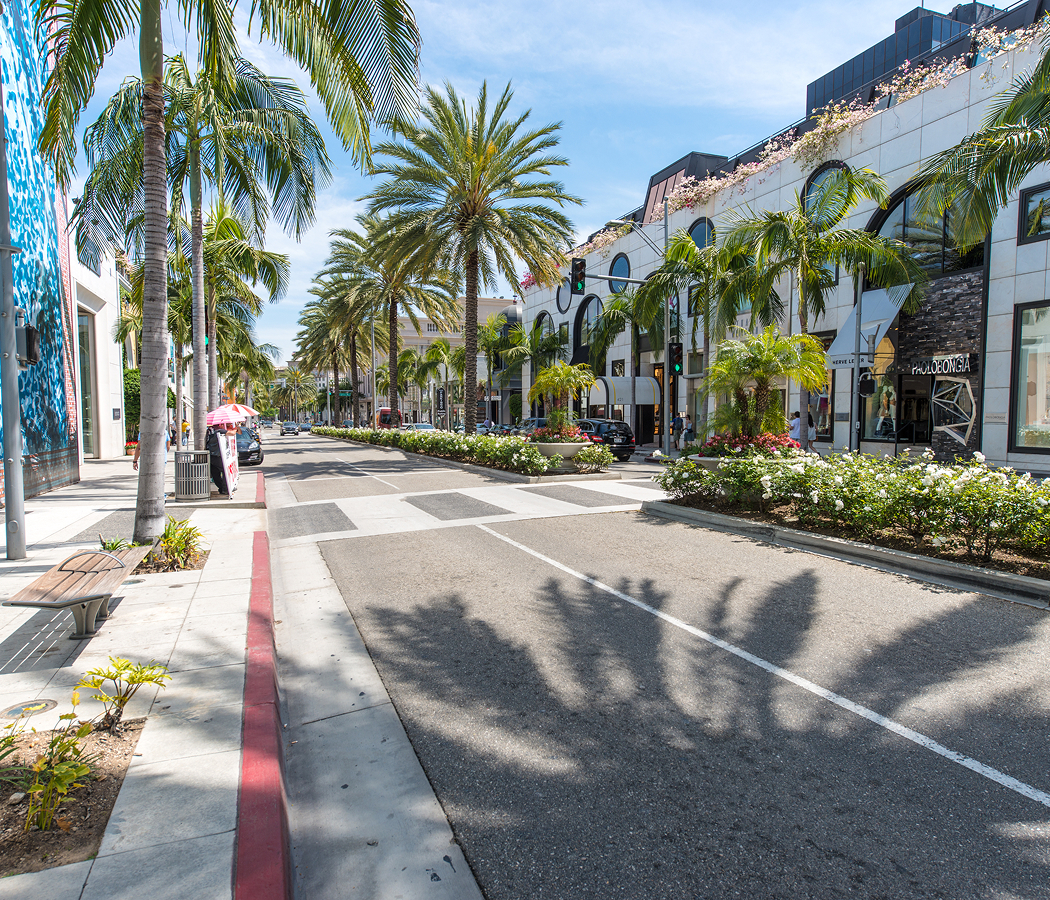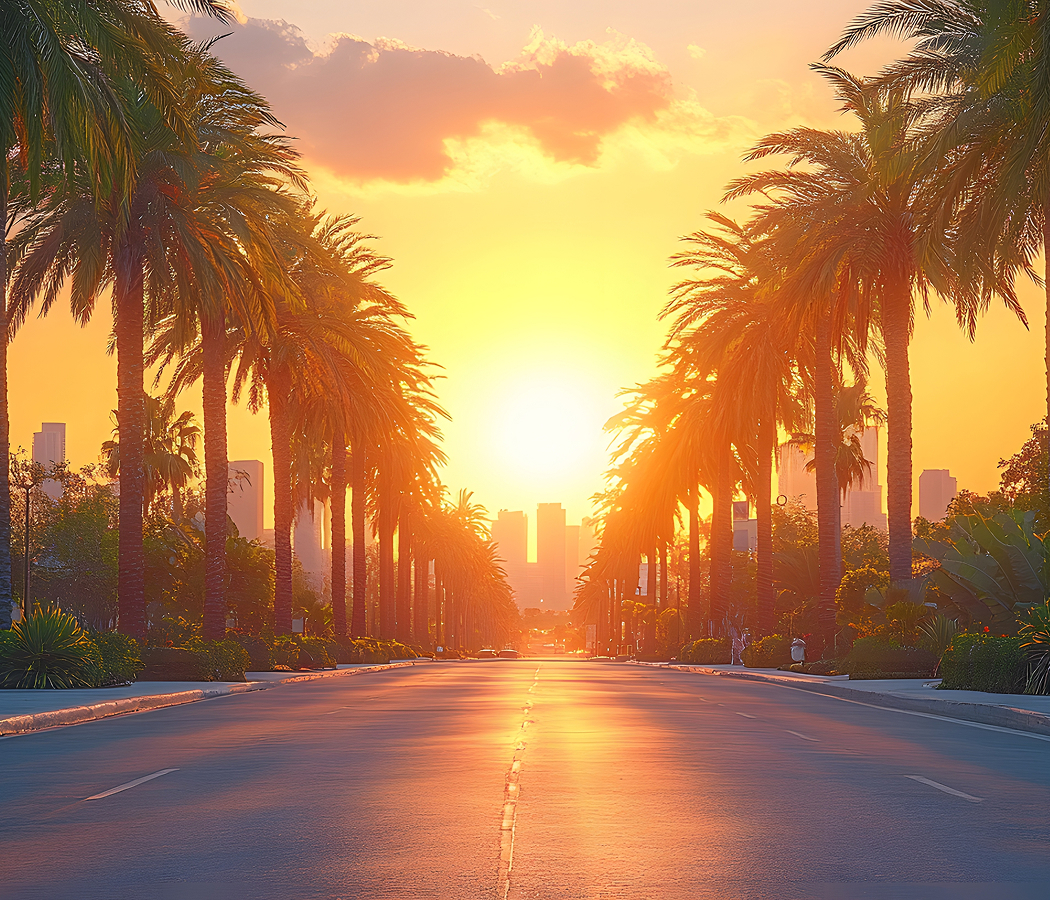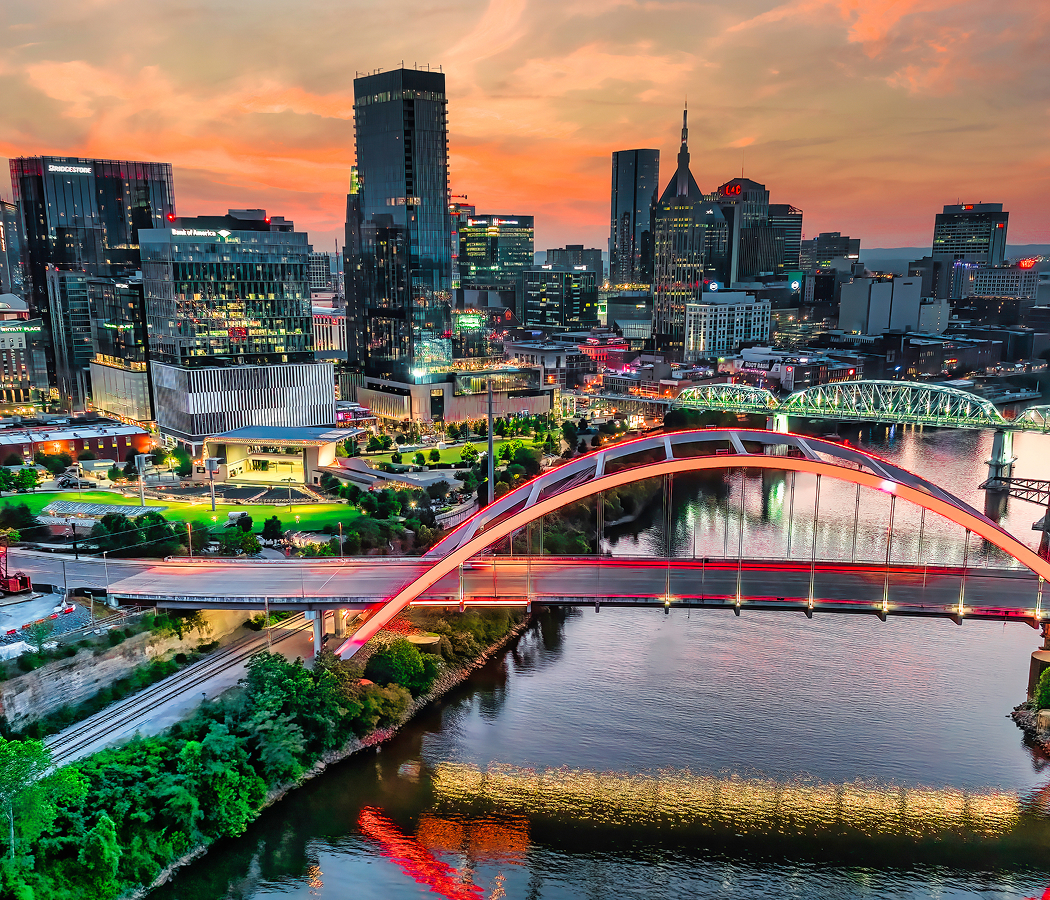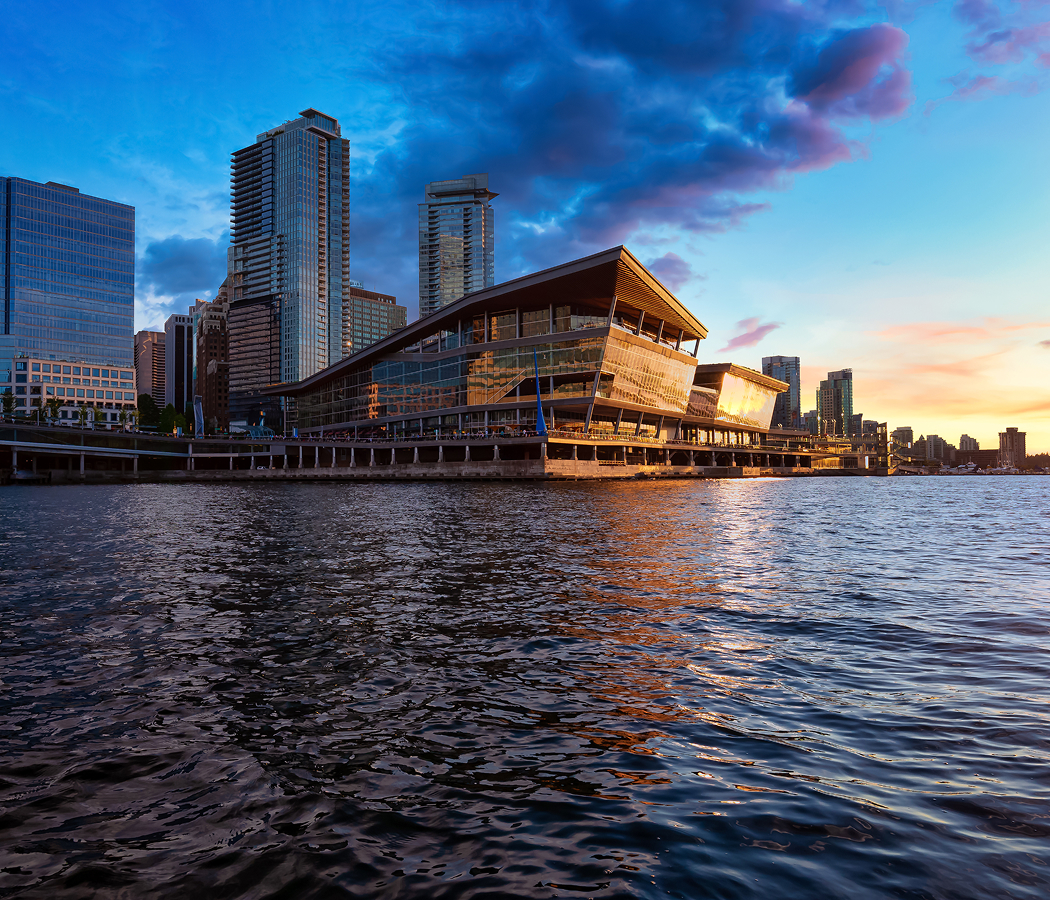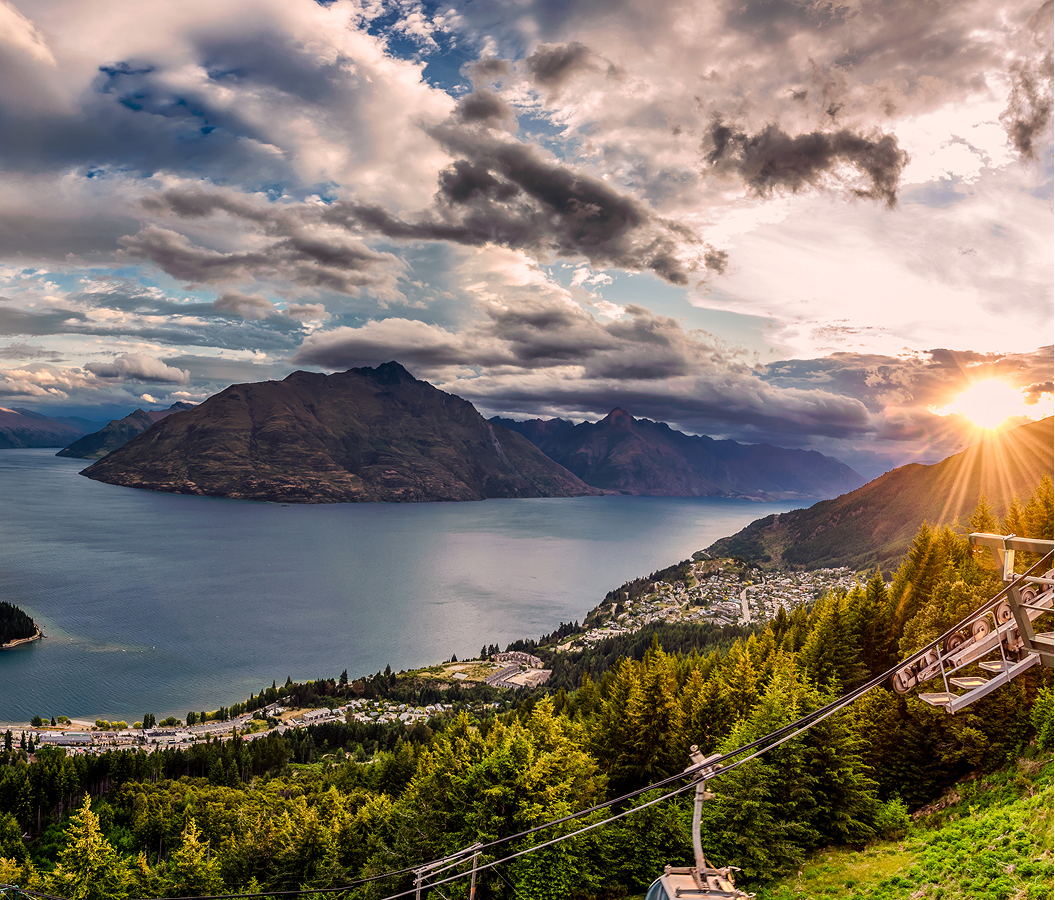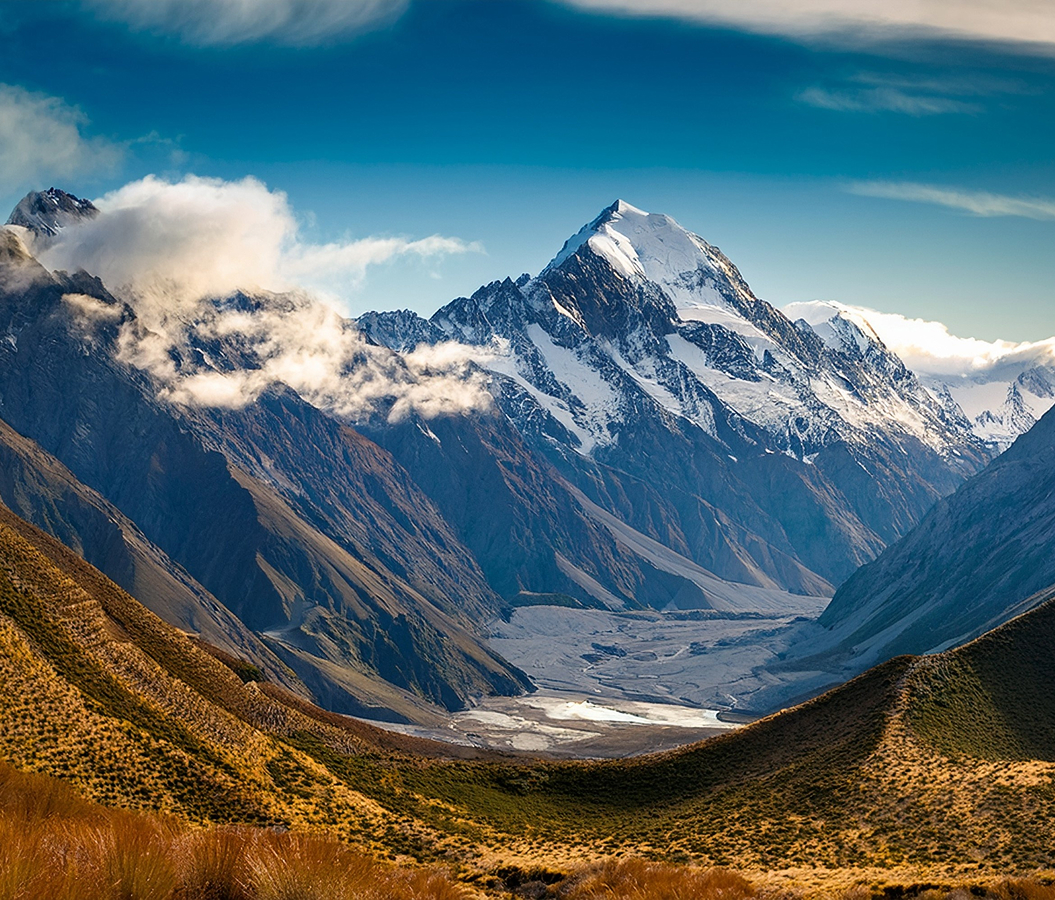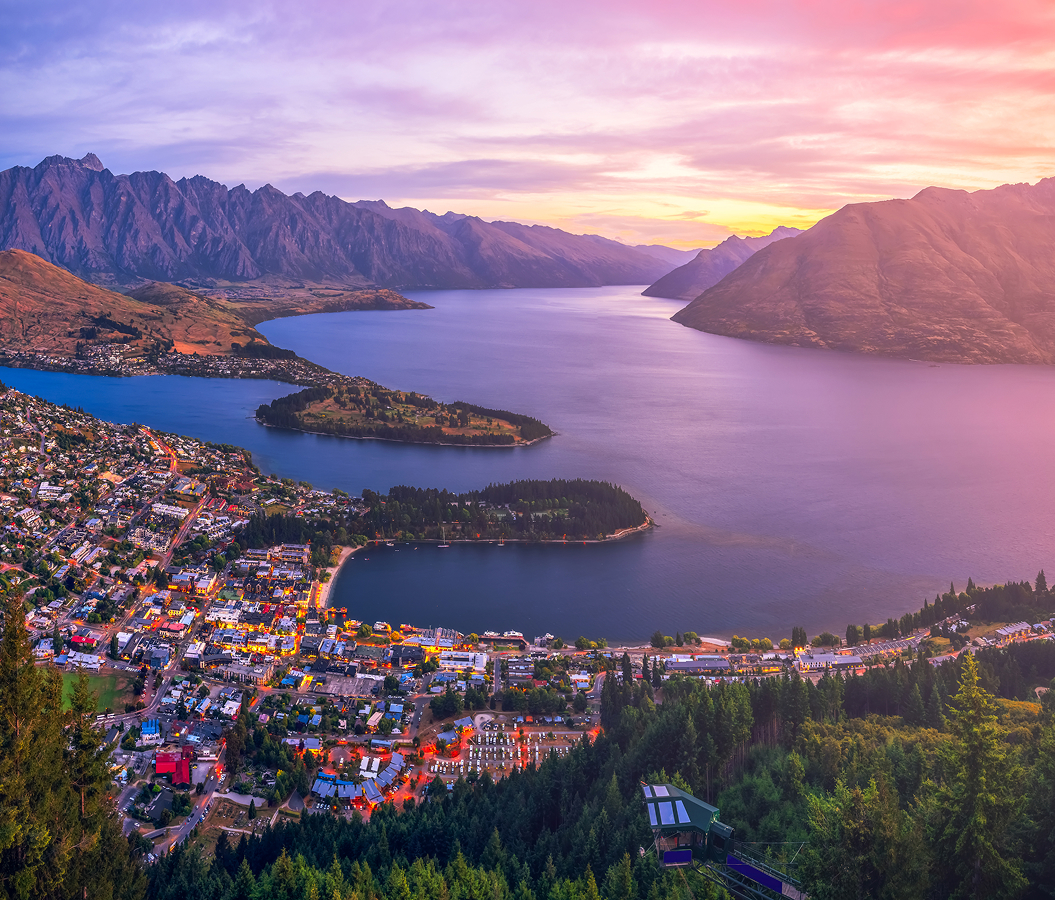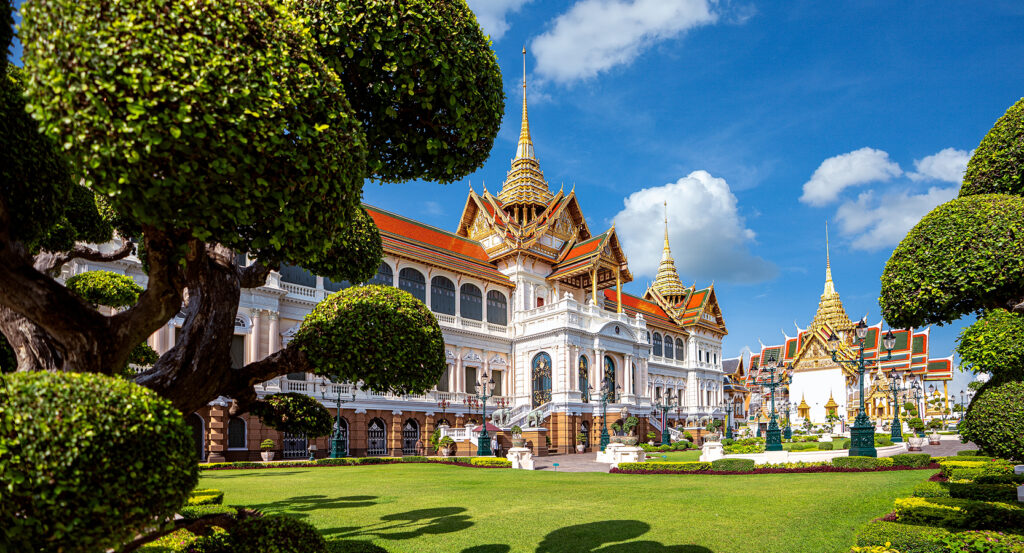
Why you should experience the Grand Palace in Bangkok.
The Grand Palace in Bangkok is not just a royal residence, it’s Thailand’s spiritual and artistic heartbeat, a masterpiece where devotion, color, and craftsmanship collide in breathtaking harmony.
Rising from the banks of the Chao Phraya River, its golden spires and jeweled roofs shimmer like a vision from myth, embodying centuries of Thai culture and kingship. Built in 1782 as the official seat of the Chakri Dynasty, the palace complex is a microcosm of the nation’s soul, a sacred space where Buddhist spirituality meets royal ceremony. Step inside the glittering compound, and the air itself seems to hum. Emerald-tiled stupas rise beside ivory courtyards, guardian demons flank every gate, and delicate murals tell the story of the Ramakien in endless motion. At the heart of it all stands Wat Phra Kaew, the Temple of the Emerald Buddha, Thailand’s most revered shrine, where silence reigns and faith glows brighter than gold. The Grand Palace isn’t just something to see, it’s something to feel, a reminder that beauty and reverence can coexist in every square inch of light.
What you didn’t know about the Grand Palace.
Behind its glittering façade, the Grand Palace is a living chronicle of Thai ingenuity and resilience.
Though inspired by Ayutthaya’s lost palaces, it was built with distinct Bangkok flair, blending Khmer, Chinese, and European influences into a uniquely Siamese aesthetic. The palace once served as the official residence of the king, court, and royal government for over 150 years, though today it’s used primarily for ceremonial functions. Few visitors realize that many of its brilliant gold “tiles” are actually hand-painted glass mosaics, designed to catch and refract sunlight like facets of a gemstone. The Emerald Buddha, carved from a single block of jade and clothed in seasonal garments by the King himself, symbolizes the continuity of Thai sovereignty and spiritual strength. The layout of the palace mirrors Buddhist cosmology, a sacred mandala in stone, where every doorway and spire holds symbolic weight. Even the smallest ornament is intentional, representing balance, protection, and eternal order.
How to fold the Grand Palace into your trip.
Visiting the Grand Palace is less a tour and more a rite of passage, an immersion into Thailand’s living heritage.
Arrive early in the morning to avoid crowds and witness the complex bathed in soft, golden light. Dress modestly, covered shoulders and long pants are required, and enter through the Gate of Wonderful Victory, where mythic guardians stand sentinel. Begin your exploration at Wat Phra Kaew, where the Emerald Buddha radiates quiet majesty, then wander through the Outer Court, past ceremonial halls adorned with intricate reliefs. Don’t rush; every corner of the palace tells a story, from the gilt pagodas to the celestial murals. For a moment of calm, pause in the courtyard to listen, the flutter of saffron robes, the shimmer of wind chimes, the rustle of palm leaves against ancient stone. After your visit, stroll along the nearby Tha Chang Pier for mango sticky rice or take a boat ride on the Chao Phraya River, where the palace gleams like a mirage. In a city of movement, the Grand Palace stands still, a radiant anchor of devotion, beauty, and royal grace.
Hear it from the Foresyte community.
You don’t go here to relax. You go here to get hit in the face with more glitter and gold than your brain can hold. And it’s worth every second.
Where meaningful travel begins.
Start your journey with Foresyte, where the planning is part of the magic.
Discover the experiences that matter most.










